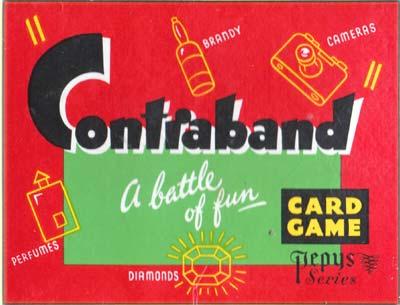Contraband
Contraband by Pepys Games was first published in early 1950s.
Contraband by Pepys Games was first published in the early 1950s and was to become one of the most popular Pepys games of this period. There were at least 3 later editions and some of the changes are shown below. The object of the game is to smuggle contraband through customs and avoid paying duty on articles represented by the cards.
Interestingly nylon stockings are one of the duty-payable goods, an item greatly prized in the immediate post war years!
1st Edition
The first edition has blue card backs and no captions with duty or fines on the goods cards. The Whisky bottle has the name “Whiskey” on it; later editions corrected it to “Whisky” (the spelling with an “e” is Irish).
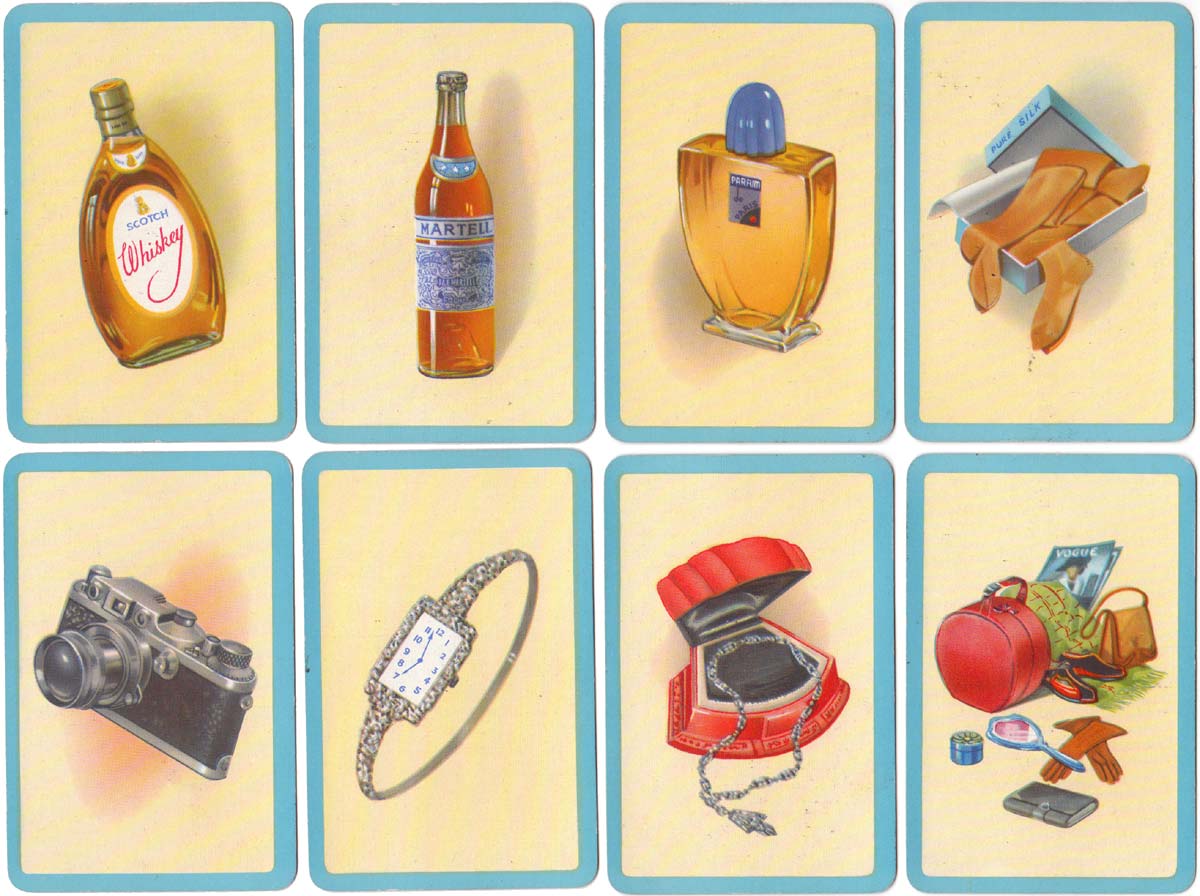

Above: 1st edition of Contraband by Pepys Games, early 1950s, including the toy currency printed on coloured card. Blue backs.
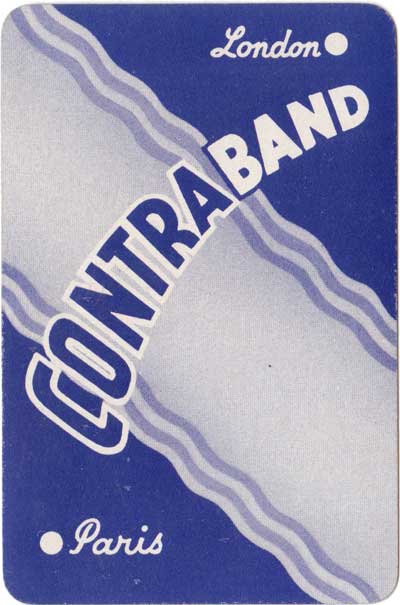
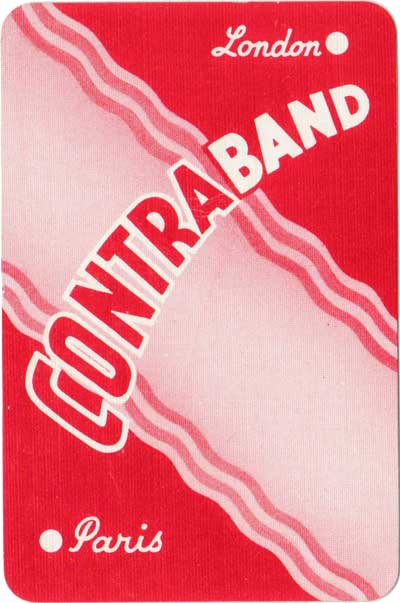
2nd Edition
The second edition has the duty values and fines printed on the cards and has red backs.
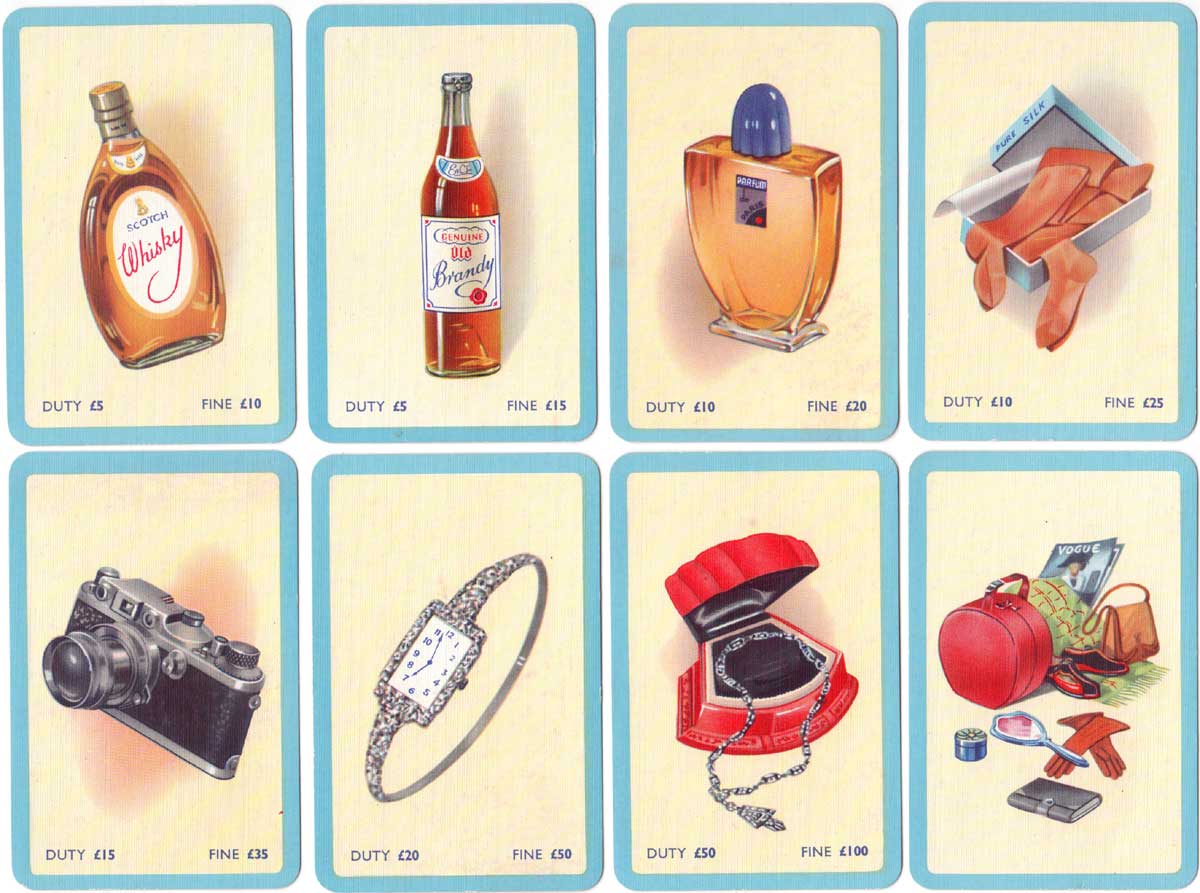

Above: 2nd edition of Contraband by Pepys Games, c.1957. The paper currency is printed on different colour paper.
3rd Edition
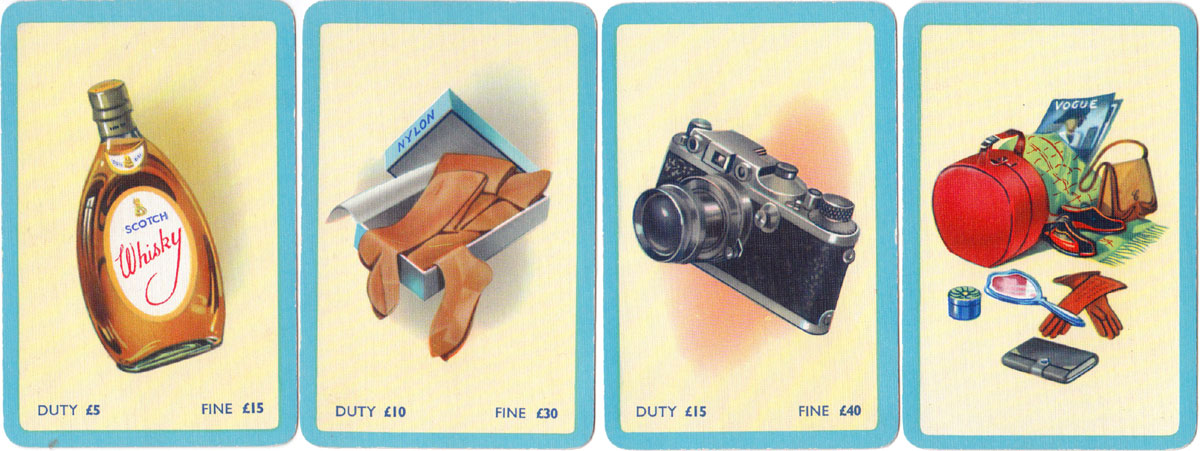
Above: 3rd edition of Contraband by Pepys Games, c.1963. Some of the duty values and fines are altered and the card backs are changed to red.
A Scandinavian version of the game was published in Finland by Forlag Bildkonst, c.1958► Contraband is also produced in facsimile by Lagoon Games.
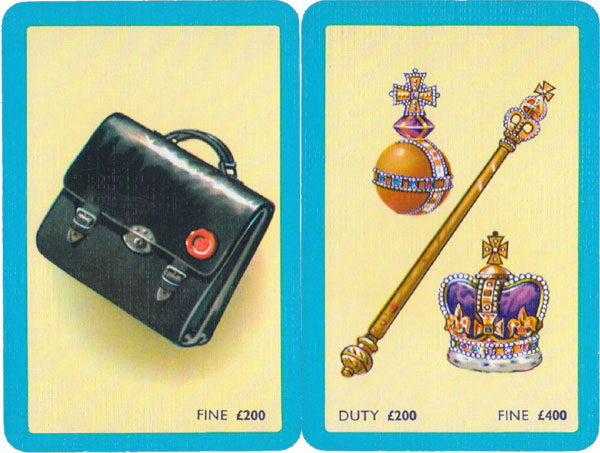
By Rex Pitts (1940-2021)
United Kingdom • Member since January 30, 2009
Rex's main interest was in card games, because, he said, they were cheap and easy to get hold of in his early days of collecting. He is well known for his extensive knowledge of Pepys games and his book is on the bookshelves of many.
His other interest was non-standard playing cards. He also had collections of sheet music, music CDs, models of London buses, London Transport timetables and maps and other objects that intrigued him.
Rex had a chequered career at school. He was expelled twice, on one occasion for smoking! Despite this he trained as a radio engineer and worked for the BBC in the World Service.
Later he moved into sales and worked for a firm that made all kinds of packaging, a job he enjoyed until his retirement. He became an expert on boxes and would always investigate those that held his cards. He could always recognize a box made for Pepys, which were the same as those of Alf Cooke’s Universal Playing Card Company, who printed the card games. This interest changed into an ability to make and mend boxes, which he did with great dexterity. He loved this kind of handicraft work.
His dexterity of hand and eye soon led to his making card games of his own design. He spent hours and hours carefully cutting them out and colouring them by hand.

Related Articles

Lend Me Five Shillings
or “Her Majesty’s Privy Purse” - a merry round-the-table game published by D. Ogilvy.
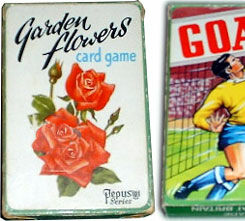
Pepys Games
The Story of Pepys Games by Rex Pitts
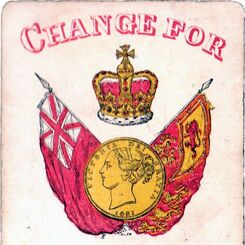
Change for a Sovereign
Change for a Sovereign published by J Evans & Sons and printed by Kronheim & Co.
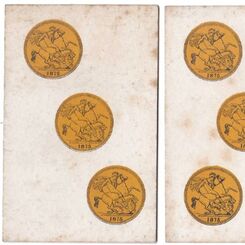
Shearing the Sheep
Shearing the Sheep published by J. Jaques & Son, c.1875.
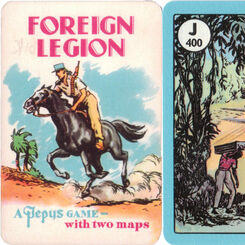
Foreign Legion
Foreign Legion published by Pepys, 1960.
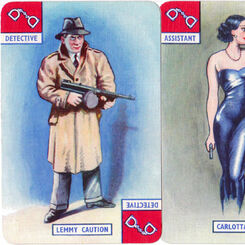
Crime Club
Crime Club card game by Peter Cheyney, issued by Pepys Games, 1939.
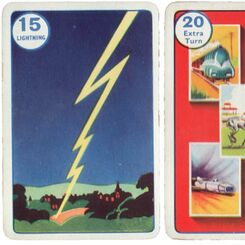
Speed 2nd edition
The second edition of Speed by Pepys Games was published in c.1945.

Secret Agent
Secret Agent by Pepys Games, the card game with the magic monocle, 1957.

Stocks & Shares
Stocks & Shares card game first published by Pepys Games in 1957.

Planes Game
The ’Planes Game published by Pepys, 1965.
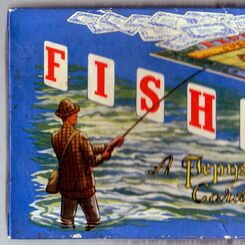
Fishing
Fishing published by Pepys Games, 1951.

Wimbledon
Wimbledon card game published by Pepys (Castell Bros Ltd), 1959.
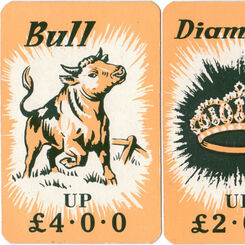
Win-A-Lot
Win-A-Lot card game by Pepys, first issued in 1951.
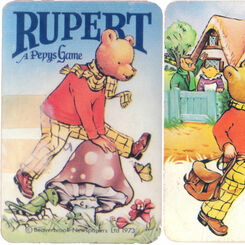
Rupert
Rupert, a Pepys Game, 1973.
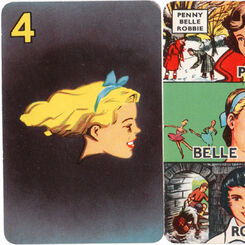
Girl
Girl card game published by Pepys Games, 1955.
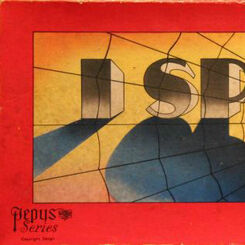
Board Games by Pepys
Pepys board games which may be interesting to see.
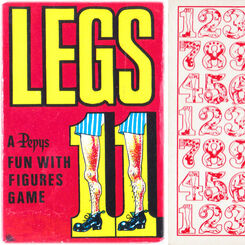
Legs Eleven
Legs Eleven card game by Pepys, 1974.

Channel X
Channel X published by Pepys Games based around TV advertising, c.1966.
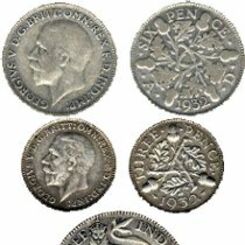
Change for a Shilling
Change for a Shilling card game by Geo. Wright & Co., London, c.1910-1926.
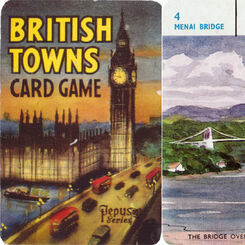
British Towns
British Towns Card Game by Pepys Games (Castell Brothers Limited).
Most Popular
Our top articles from the past 60 days


